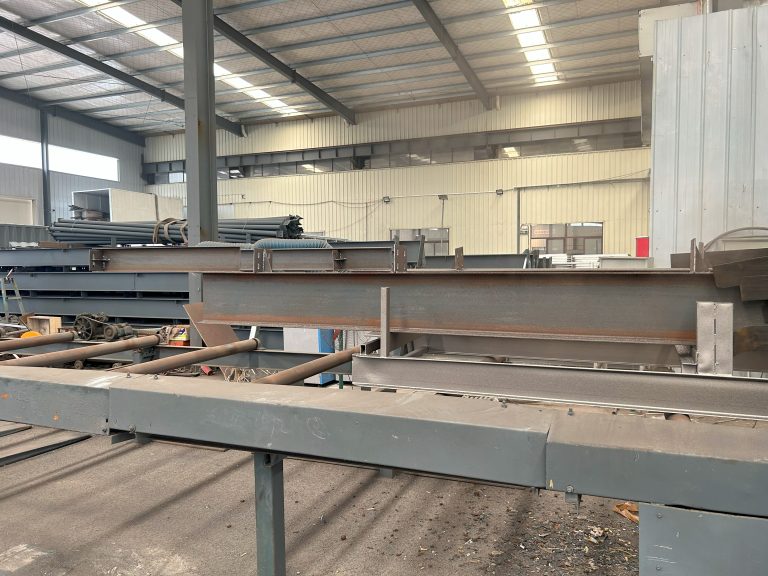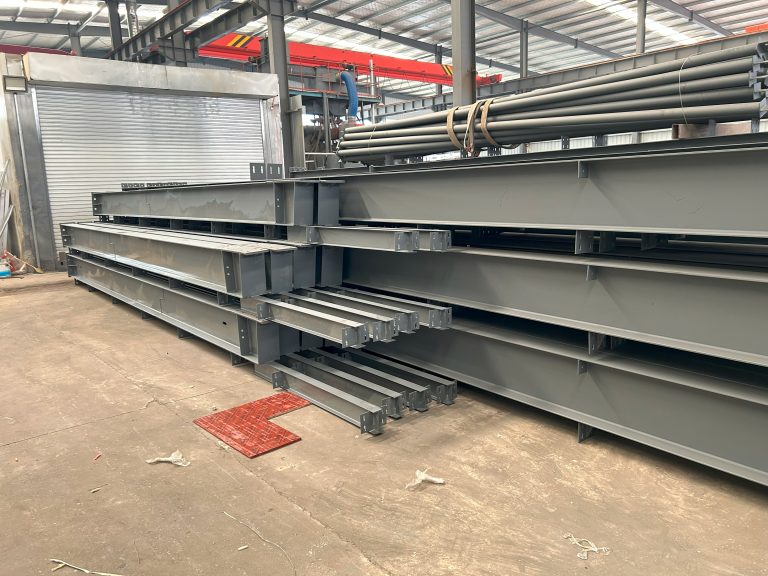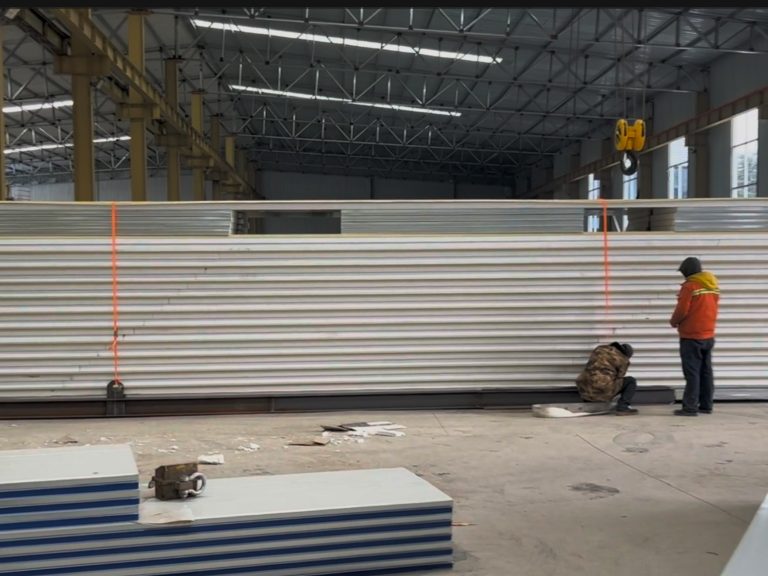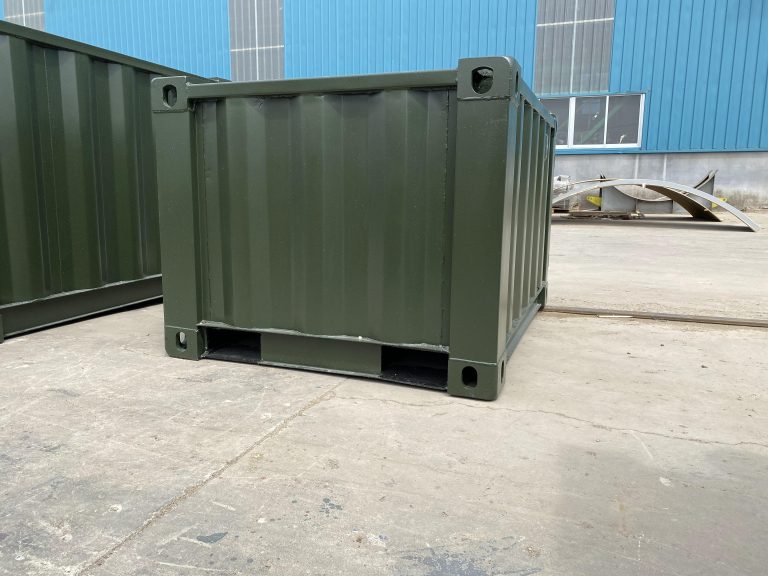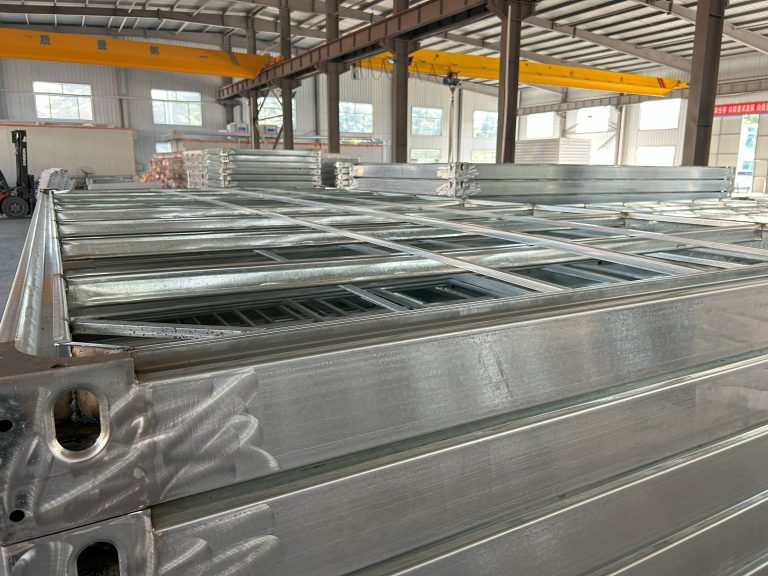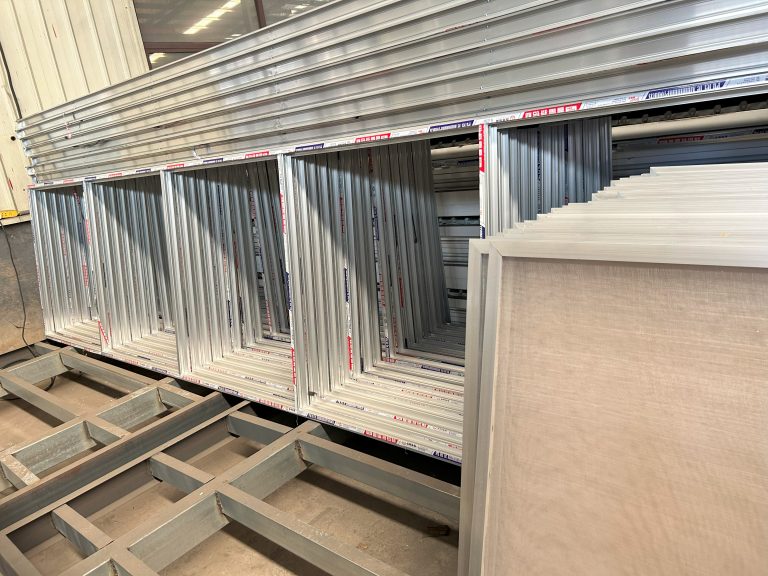Study on material properties and fire prevention measures of steel structure at high temperature
Table of Contents
Material Properties of Steel Structure at High Temperature
Steel structures are widely used in construction due to their strength, durability, and fire resistance. However, when exposed to high temperatures, the material properties of steel can change, potentially compromising the structural integrity of the building. Understanding how steel behaves at high temperatures is crucial for implementing effective fire prevention measures in steel structures.
When steel is exposed to high temperatures, it undergoes several changes in its material properties. One of the most significant changes is the reduction in strength and stiffness of the steel. This reduction in strength can lead to structural failure if not properly addressed. Additionally, steel can lose its ductility at high temperatures, becoming more brittle and prone to fracture. These changes in material properties highlight the importance of studying how steel behaves under fire conditions.
Research has shown that the temperature at which steel loses its strength and stiffness depends on the grade of steel used. For example, mild steel begins to lose its strength at temperatures above 300°C, while high-strength steel can maintain its strength up to 600°C. Understanding the temperature thresholds at which steel undergoes these changes is essential for designing fire-resistant steel structures.
In addition to changes in strength and stiffness, steel structures can also experience thermal expansion at high temperatures. As steel heats up, it expands, which can lead to buckling and deformation of the structure. To prevent this, engineers must account for thermal expansion in their design and incorporate measures such as expansion joints to allow for movement without compromising the integrity of the structure.
To mitigate the effects of high temperatures on steel structures, several fire prevention measures can be implemented. One common method is to apply fire-resistant coatings to the steel members. These coatings act as a barrier, protecting the steel from direct exposure to flames and heat. Additionally, fireproofing materials such as intumescent paints can be used to insulate the steel and delay the onset of high temperatures.
Another effective fire prevention measure is the use of fire barriers and compartmentalization in steel structures. By dividing the building into smaller compartments with fire-resistant walls and floors, the spread of fire can be contained, limiting the damage to the structure. This compartmentalization strategy is commonly used in high-rise buildings and industrial facilities to prevent the rapid spread of fire.
Furthermore, incorporating fire detection and suppression systems in steel structures is essential for early detection and containment of fires. Smoke detectors, sprinkler systems, and fire alarms can alert occupants to the presence of fire and activate suppression measures to extinguish the flames before they spread. These systems play a crucial role in ensuring the safety of building occupants and protecting the structural integrity of the steel framework.
In conclusion, understanding the material properties of steel at high temperatures is essential for designing fire-resistant steel structures. By studying how steel behaves under fire conditions and implementing effective fire prevention measures, engineers can ensure the safety and durability of steel buildings. From selecting the appropriate grade of steel to incorporating fire-resistant coatings and suppression systems, every aspect of the design process plays a crucial role in protecting steel structures from the devastating effects of fire. By prioritizing fire safety in construction practices, we can create buildings that are not only strong and durable but also resilient in the face of fire emergencies.
Fire Prevention Measures for Steel Structure at High Temperature
Steel structures are commonly used in construction due to their strength, durability, and versatility. However, when exposed to high temperatures, steel can lose its structural integrity and pose a significant fire hazard. In order to prevent fires in steel structures, it is important to understand the material properties of steel at high temperatures and implement appropriate fire prevention measures.
A study on the material properties of steel at high temperatures found that steel begins to lose its strength and stiffness at temperatures above 500 degrees Celsius. At around 700 degrees Celsius, steel can lose up to 50% of its strength, making it susceptible to collapse under load. This is a critical factor to consider when designing steel structures in fire-prone areas or industries.
To prevent fires in steel structures, several fire prevention measures can be implemented. One of the most effective measures is the application of intumescent coatings on steel surfaces. Intumescent coatings expand when exposed to high temperatures, forming a protective char layer that insulates the steel and delays the onset of structural failure. These coatings are commonly used in buildings, bridges, and industrial facilities to enhance the fire resistance of steel structures.
Another important fire prevention measure for steel structures is the installation of fireproofing materials, such as fire-resistant insulation and fire barriers. These materials help to contain fires and prevent them from spreading to other parts of the structure. In addition, fireproofing materials can provide additional insulation to steel members, reducing the rate of temperature rise and prolonging the structural integrity of the steel.
In the event of a fire, it is crucial to have a well-designed fire protection system in place to quickly detect and suppress the fire. This may include the installation of fire alarms, sprinkler systems, and fire extinguishers in strategic locations throughout the steel structure. Regular maintenance and testing of these systems are essential to ensure their effectiveness in the event of a fire emergency.

Furthermore, proper ventilation and compartmentalization of steel structures can help to limit the spread of fire and smoke. By creating fire-resistant compartments within the structure and ensuring adequate ventilation to remove smoke and heat, the risk of fire escalation can be minimized. It is important to consider these factors during the design and construction phases of steel structures to enhance their fire safety performance.
In conclusion, the material properties of steel at high temperatures and the implementation of appropriate fire prevention measures are crucial for ensuring the safety and integrity of steel structures. By understanding the behavior of steel in fire conditions and taking proactive steps to prevent fires, the risk of structural failure and catastrophic loss can be significantly reduced. It is essential for architects, engineers, and building owners to prioritize fire safety in steel structures and adhere to industry best practices to protect lives and property.

